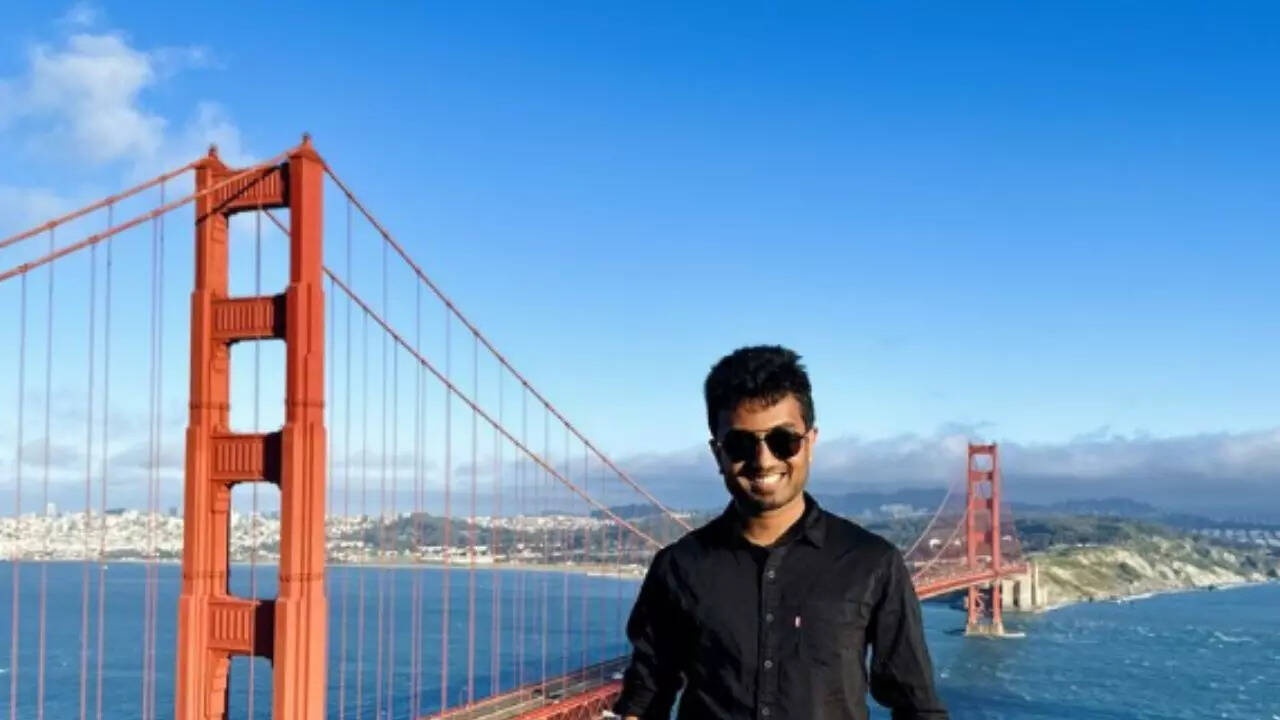The journey of international tech professionals seeking US work visas is often fraught with uncertainty. The H-1B visa, long considered the primary route for skilled workers, is notoriously competitive and increasingly costly. For many, even exceptional talent does not guarantee success due to the lottery-based selection system. In this context, Tanush Sharanarthi’s story stands out as an inspiring example. After multiple unsuccessful attempts to secure an H-1B visa, Sharanarthi achieved the highly selective O-1 visa—commonly referred to as the “Einstein Visa.” His path illustrates how sustained effort, professional achievements, and strategic planning can overcome systemic barriers.
Why tech professionals are choosing the O-1 visa over the H-1B visa
The H-1B visa is designed to allow US companies to employ highly skilled foreign professionals in speciality occupations. However, the annual visa cap and lottery mechanism create uncertainty for applicants. Sharanarthi experienced this firsthand, submitting applications for three consecutive years and facing repeated rejections. The process can feel arbitrary, with qualified candidates left at the mercy of chance rather than their professional merit. This repeated cycle of disappointment motivated him to explore alternative visa pathways that recognise individual achievements rather than relying on luck.The O-1 visa is fundamentally different from the H-1B program. While the H-1B is constrained by numeric limits and random selection, the O-1 is merit-based, awarded to individuals who demonstrate extraordinary ability in science, education, business, the arts, or athletics. The US Citizenship and Immigration Services (USCIS) specifically seeks applicants with national or international recognition and a record of distinguished achievements. For professionals in technology and artificial intelligence, the O-1 provides an opportunity to be acknowledged for contributions rather than merely selected by chance.

Source: LinkedIn
How achievements and guidance opened the O-1 Visa path
Securing the O-1 visa requires a demonstrable history of professional accomplishment. Sharanarthi invested heavily in his career development, focusing on creating innovative products, publishing significant research, and contributing meaningfully to the field of artificial intelligence. Each of these efforts added to a tangible portfolio of achievements that could be documented and evaluated. By maintaining consistency and producing high-quality work, he shifted the focus from luck to merit—a critical factor in gaining approval for the O-1 visa.Sharanarthi has credited much of his success to the encouragement of family, mentors, colleagues, and peers. Their guidance provided motivation during moments when repeated H-1B rejections could have been disheartening. This element of support highlights an essential aspect of professional growth: while personal effort is crucial, mentorship and community backing play a pivotal role in helping individuals navigate complex systems and achieve ambitious goals.
How Sharanarthi turned setbacks into O-1 visa success for tech talent
Sharanarthi’s educational background also played a key role in his journey. As an alumnus of Johns Hopkins University with a master’s degree in Information Systems and Artificial Intelligence, he had the technical expertise and research foundation needed to make substantial contributions in his field. This combination of academic credentials and professional achievements strengthened his case for the O-1 visa, proving that sustained effort and strategic career decisions can transform repeated setbacks into remarkable opportunities.Sharanarthi’s experience offers valuable insights for international tech talent. Persistence, consistent professional output, and strategic focus on creating measurable impact can provide alternatives to the H-1B lottery. The O-1 visa, designed to recognize extraordinary ability, demonstrates that merit and achievement can sometimes outweigh the randomness of traditional visa pathways. His story underscores that career advancement often requires a combination of skill, dedication, and an understanding of alternative opportunities.Also Read | Think 63 is the best age for Americans to retire? Experts reveal the hidden financial risks and the smarter age to consider

